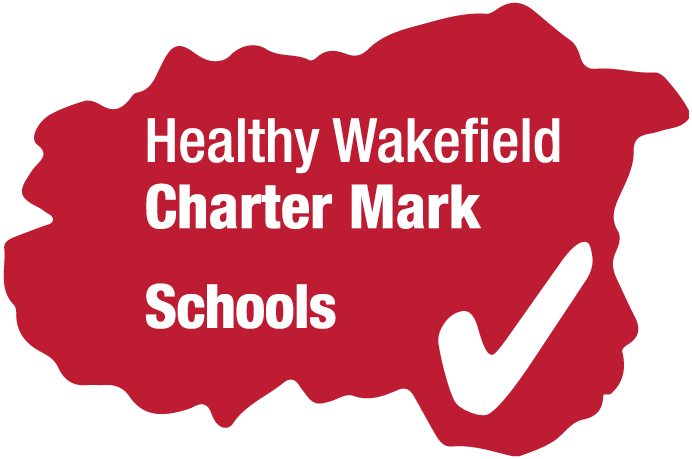Phonics
Read, Write Inc
Read, Write Inc at St James
At St James, we use the Read Write Inc programme to teach phonics. All staff have had training on the programme and are skilled in using the this with children. Phonics teaching starts in Reception and continues into Year 2. Some children in other year groups may also need further phonics support. This is completed in either small groups or on a 1:1 basis.
Children are assessed and grouped according to their ability. Children are regularly assessed and regrouped according to their need. Children will receive two books to take home each week. A black and white story book, which will match the book the children have been reading in their Read, Write Inc lessons and also a book bag book which matches the colour group the child is in. Children will read this book throughout the week
In Read Write Inc. we use our frog friend, Fred to help us read. 
Fred only talks in sounds and uses his ‘Fred Talk’ to segment the sounds in words. The children are encouraged to talk like Fred, use their ‘Fred Talk’ and segment each sound in the word and then blend to read.
In the word time lists below the children use their ‘Fred Talk’ to help them read the words but eventually we move on to using ‘Fred in your head’ which is where we use our ‘Fred Talk’ silently in our heads rather than sounding it aloud. We continue to revisit the Word Time lists to encourage speed and fluency, aiming for the children to read confidently by sight.
In Reception, children learn how to read Set 1 sounds by sight. They will also learn how to segment and blend words which have these sounds in them. Children in Reception will also begin to learn Set 2 sounds. When children are in Year 1 and Year 2, they will learn Set 2 and Set 3 sounds, segmenting and blending words with these sounds in them.
Before your child can start to read, they need to learn to:
Say the sound that is represented by each letter or groups of letters. These are called ‘speed sounds’.
Know how to blend the sounds together in a word to read it e.g. c-a-t = cat. This is called ‘sound- blending’.
Set 1 Sounds
In Reception children will have 5 Read Write Inc lessons a week. 3 of these lessons will be learning a new sound and 2 of the days will be reviewing the sounds they've learnt that week and also previously learnt sounds.
We use pure sounds so that your child will be able to blend the sounds into words more easily. Please follow the link to hear the pure sounds: https://www.youtube.com/watch?v=KUbrJPAt65g

We then use "Fred Talk" to sound out words. Fred helps children read unfamiliar words by pronouncing each sound in the word one at a time. Children can start blending sounds into words ass soon as they knew a small group of letters well.
At the start, we use magnetic boards and magnetic letters to build the words. The first words that we start to blend are the following:
 Set 2 Sounds
Set 2 Sounds
Once your child knows all Set 1 sounds by sight uses them to blend to read words, we start teaching Set 2 initially and then Set 3 long vowel sounds.
We now start to learn that two or three letters together can make one sound. We call them ‘special friends’.
 Set 3 Sounds
Set 3 Sounds
After learning the Set 2 sounds, your child will have learnt one way in which each long vowel sound is written. When learning their Set 3 speed sounds, they will be taught that there are more ways in which the same sounds are written, e.g. ee as in tree, and ea as in tea.
Reading Set 3 speed sounds will be taught for most of Year 1, and spelling the Set 3 speed sounds during Year 2. When your child learns their Set 3 sounds in school they will learn:
• The letters that represent a speed sound e.g. 'ea’
• A simple picture prompt linked to the ‘speed sound’ and a short phrase to say e.g. ‘cup of tea’
There are 20 Set 3 speed sounds that are made up of two or three letters which represent just one sound, e.g. ea as in tea, ow as in cow, and are as in care. As before, it is important that your child does not pronounce these as 2 or 3 separate sounds.
When a sound contains two letters that makes just one sound e.g. ‘ea’, we call it a ‘digraph’. When a sound contains three letters that make just one sound e.g. ‘ure’, we call it a ‘trigraph’. When a sound has two letters, which work as a pair to make one sound, but are separated with the word e.g. ‘a-e’ (cake), we call it a ‘split digraph’.
 Sound Families
Sound Families
We learn to distinguish between the sounds that sound the same but have different spellings. We learn the correct spelling for words like day, rain, cake, play, train, shake.

Phonics Screening Check
At the end of Year 1, children will complete a the Phonics Screening Check. The Phonics Screening Test is a check of your child's phonics knowledge.
Click the link for more information: What to expect from the Phonics Screening Check
Resources
Below are a range of resources for you to use to support your child with their phonics at home.




